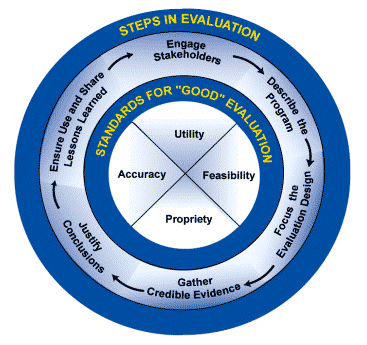Contact Us
Fill in the form below or you can also visit our contact us page.

The evaluation process can be divided into six stages:
Defining the ideal solution
The criteria of effectiveness which you defined to guide your search for solutions are inadequate to make an effective evaluation. Each solution may differ slightly or radically in the way and the extent to which it achieves your various goals. To be able to evaluate these effectively' you need to construct a model of the ideal solution against which to measure them.
Basically you need to identify and compare their relative values. This information must be recorded and presented in a meaningful way to aid comparison. It can also be used to persuade other people to accept the decision and help to communicate the solution to those involved in its implementation.
The following questions must be answered:

Decisions are not always made by choosing the optimum mix of all the criteria of effectiveness.
Instead the following strategies may be used in certain situations:
Satisficing - refers to the selection of any solution which achieves a minimum set of requirements. It could be used when there is insufficient time for a detailed evaluation of all the options or insufficient information for a full evaluation.
Maximising - refers to giving preference to one particular evaluation criterion eg employ the individual with the best telephone manner. This could be used when one criterion has a particular significance and when there is insufficient time or information for a full evaluation.
Minimising - refers to giving preference to solutions with minimal disadvantage on a particular criterion eg buy the make of popular car which shows minimum depreciation
You can use the following questions to evaluate your solutions:
You are now ready to begin evaluating your solutions. The method described below is intended to reduce the amount of time required for evaluation by first eliminating solutions which do not meet the constraints.
Eliminating unviable solutions
At this stage you examine each solution in turn and reject those which do not meet all the constraints you have.
Evaluating the remaining solutions
Each of the remaining solutions is now examined to see how well it provides the results required.
Assessing the Risks
Although the solution you have chosen offers the best balance of benefits versus disadvantages, you need to examine the possible risks associated with this solution to ensure that they are acceptable and to identify areas where risks could be minimised.
Making the decision
When you make a decision. you commit yourself to a particular course of action and take responsibility for its consequences. If you do not make this commitment you have not made a decision, so you can't proceed any further and you will not solve the problem.
Remember
Read the next article: Getting your solution accepted